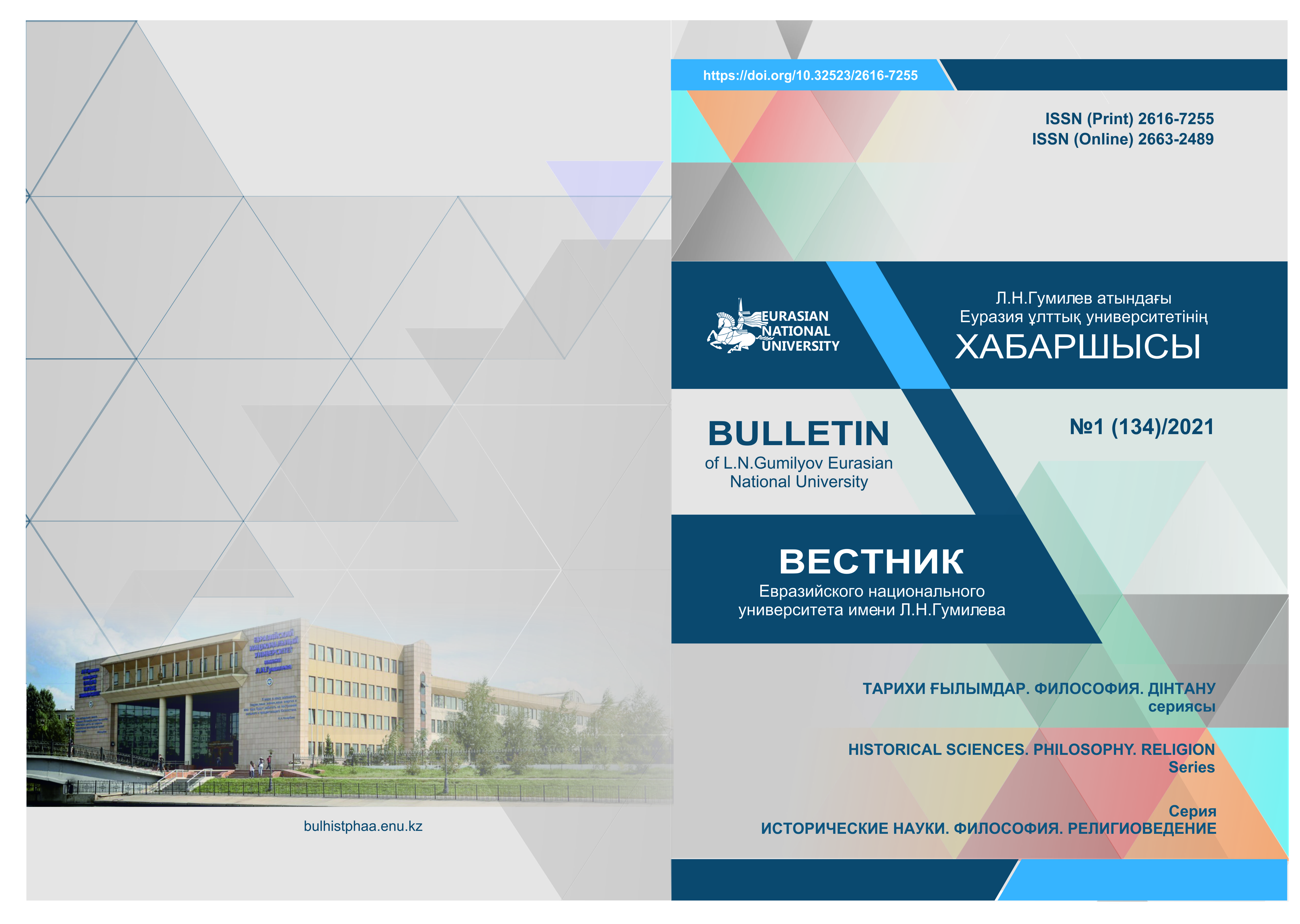Alma-Ata: some architectural narratives of the soviet town and their genesis
Views: 130 / PDF downloads: 157
DOI:
https://doi.org/10.32523/2616-7255-2021-134-1-10-21Keywords:
Urban studies, visual anthropology, architecture, Almaty, narrative.Abstract
This article explores some visual narratives of the architectural landscape of the city of Alma-Ata (modern Almaty). Historical narratives produced or studied by historians in the text are no less vividly and distinctly manifested in the visual sphere. In many ways, this can be attributed to the design of urban space and its architecture. Architecture not only directly depends on the socio-political, ideological and symbolic regime, but often creates it. Being a product of the era, a zone of perception and reflection of its impulses, the architectural landscape of the city creates a socio-cultural space, which in turn forms the mental background for the inhabitants of this city. Knowledge about cities is a special subject field for comparative urban studies, incl. on a cultural-anthropological and ethnographic basis. All of the above makes it possible to understand some cultural codes and narratives embodied in the architecture of urban space, as well as devoid of ethno-oriented, as defined by UNESCO, autochthonous systems of knowledge, i.e. initially a small percentage of the Kazakh population in the city. Bearing in mind the moments that, to a certain extent, restrained the processes of urbanization of the Kazakh population, one cannot but mention those of them that had the character of sociocultural and socio-psychological mediations.
Downloads

Downloads
Published
Issue
Section
License
Copyright (c) 2021 Zh.B. Abylkhozhin, I.V. Krupko

This work is licensed under a Creative Commons Attribution-NonCommercial 4.0 International License.







